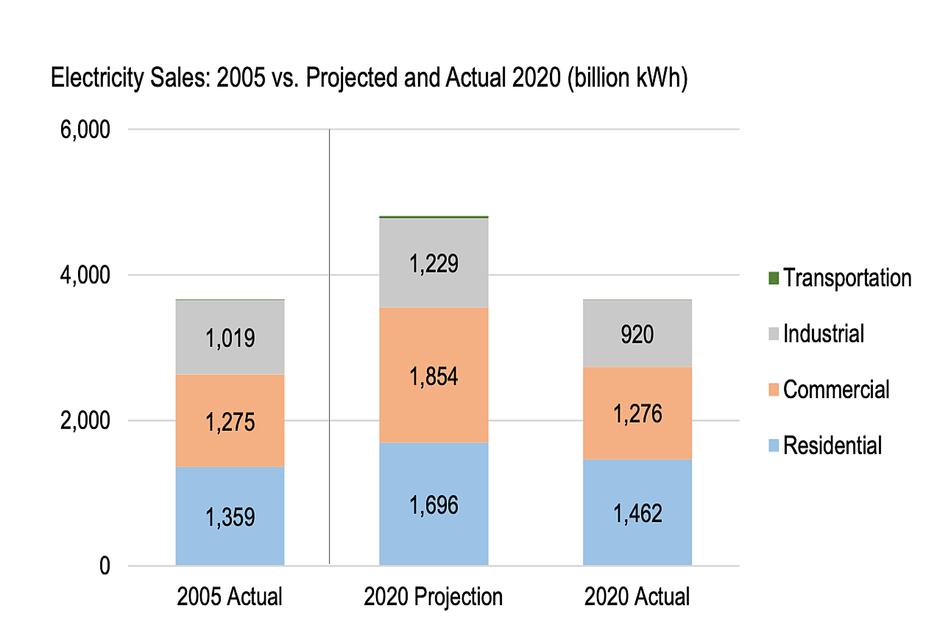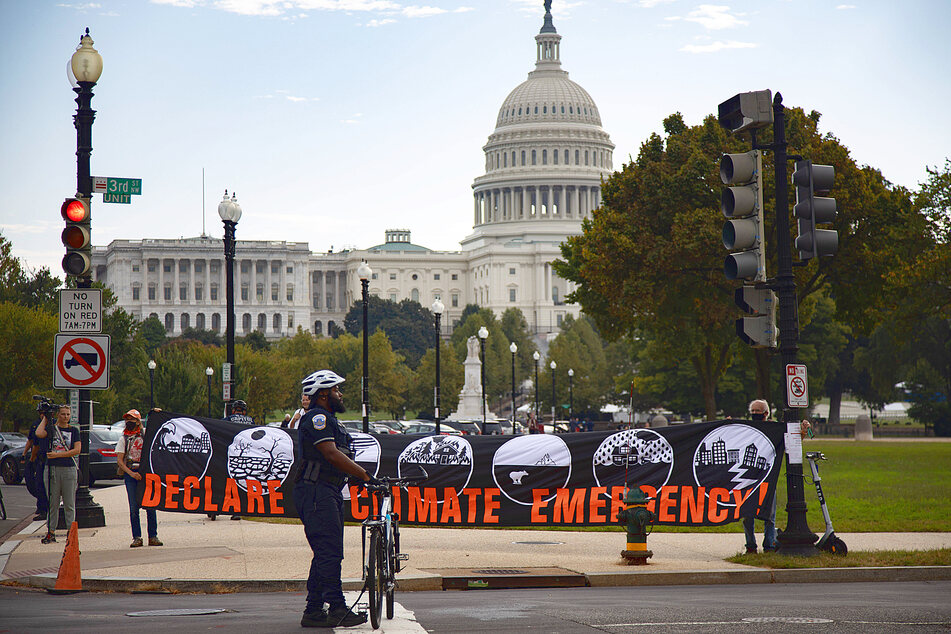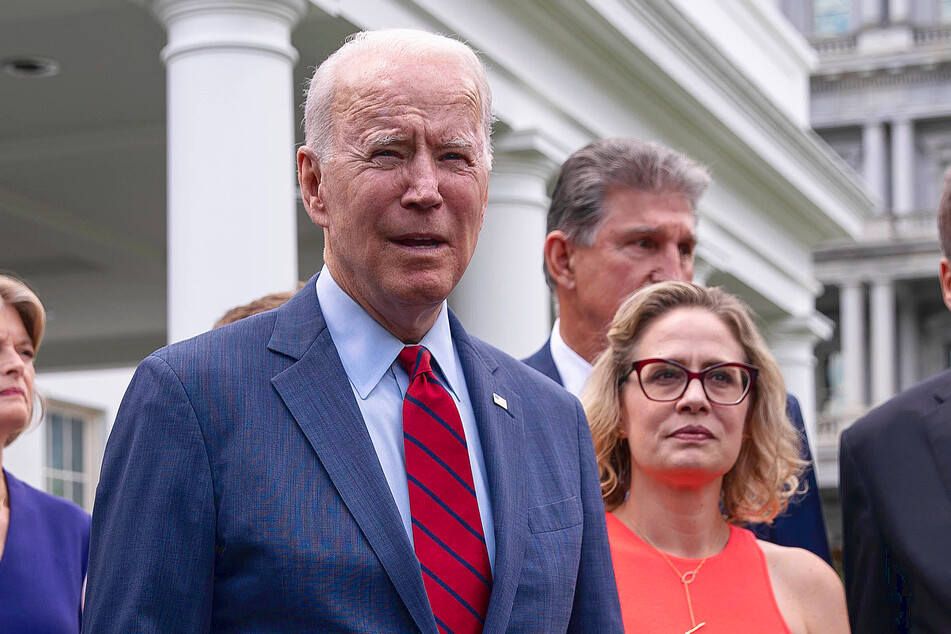Renewable energy is gaining ground in the US – but is it happening fast enough?
San Francisco, California - First, the good news: a Department of Energy report shows that the US has made unexpected gains in renewable energy since 2005. But despite the encouraging signs, serious legislation like the Biden Administration's infrastructure bill is still crucial to reach zero emissions and stave off the worst effects of the climate crisis.

The most recent Department of Energy report from its Lawrence Berkeley Lab in April sheds light on how the energy sector has changed, and how much is still needed for the US to curb its emissions.
The report shows that expectations for energy in the US were off, but that it isn't all bad news.
Even though more natural gas was used to meet planned increasing energy demands, the US barely changed its energy use from 2005 to 2021.
The excess natural gas replaced some coal use, as did a surprising boost in renewable electricity, which ended up equalling 13 times more electricity than planned.
The shift away from coal has certainly changed the jobs landscape, causing layoffs in coal work, while natural gas jobs remained largely unchanged. Renewable energy is job-intensive, and the unexpected growth in the green energy sector created many new jobs.
One major takeaway from the DoE report is that energy costs didn't have the devastating effect many expected from reducing emissions.
Electricity costs in 2005 dollars went from $10.6 per kWh to $10.7 per kWh. That minor change is the equivalent of paying 10 cents more for the power needed to charge your phone for two hours every day for a month.
Not all good news

On the flip side, the DoE's report does show that the US still needs serious action to get to 90% renewable electricity in the next 14 years and hit this decade's climate goals.
Last year's newly created renewable energy projects amounted to only 34 Gigawatts – a third of what is needed to meet renewable energy goals. To put that into perspective, one Gigawatt is the same generating capacity as a wind farm with 364 wind turbines.
That wind farm could produce the amount of power you would need to cover San Francisco and New York City's combined hourly electricity use.
If the US is to reach the 90% emissions-free goal by 2035, the rest of this decade needs massive changes to move away from fossil fuel use for electricity generation.
The grid infrastructure connecting all the new renewable energy projects to your home and energy needs would have to be expanded, too.
This is no easy task. Each year for the rest of the decade needs to see at least twice as much of 2020's output.
To really dial up the energy production and the rate at which green energy projects hit the grid, you need money and policy support.
That is where plans like President Biden's Build Back Better scheme and the $3.5 trillion-dollar infrastructure package come into play.
Infrastructure bill equals climate action

The infrastructure bill includes funding and legislative changes built to support the creation of a Civilian Climate Corps, which would create up to 300,000 new jobs that would expand and improve the country's energy infrastructure, park systems, and renewable energy projects.
What's more, $150 billion of the spending package is earmarked for a clean electricity program that pays utility companies for adding renewable energy projects each year. Any utility that doesn't do so would get hit with a fine.
The climate measures included in the bill would give people and companies financial incentives to go green, but slap oil and gas companies with financial penalties if they are responsible for methane leaks or other fossil fuel-related pollution.
Together, these measures would substantially shift the US onto a faster track for meeting its climate goals. That is, of course, if Senators Joe Manchin and Kyrsten Sinema stop digging in their heels.
As President Biden pointed out, failure to pass this proposed legislature will keep the US from being competitive, which is a bit of an understatement if the country is repeatedly forced to rebuild as the effects of climate change worsen due to inaction.
The effects of climate change are already here, and their impact, such as damage caused by rising sea levels and coastal erosion, will continue to worsen as long as politicians run down the clock and block climate action.
Cover photo: IMAGO/NurPhoto

